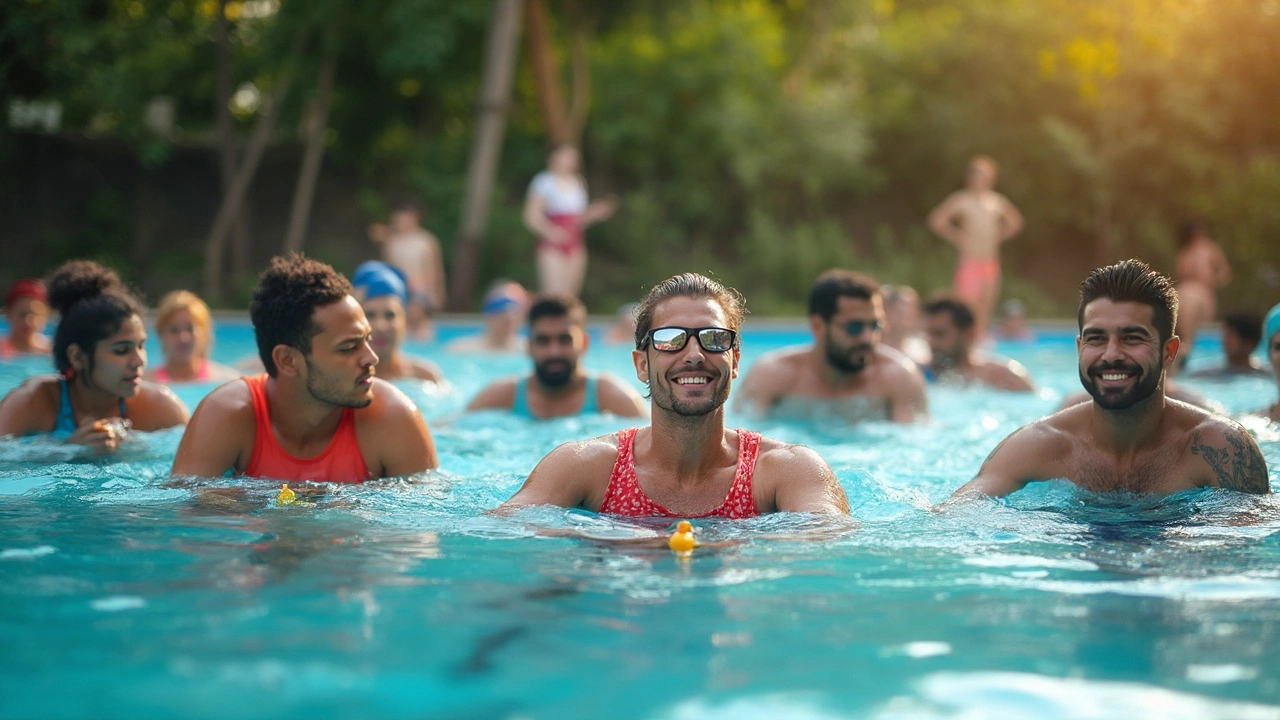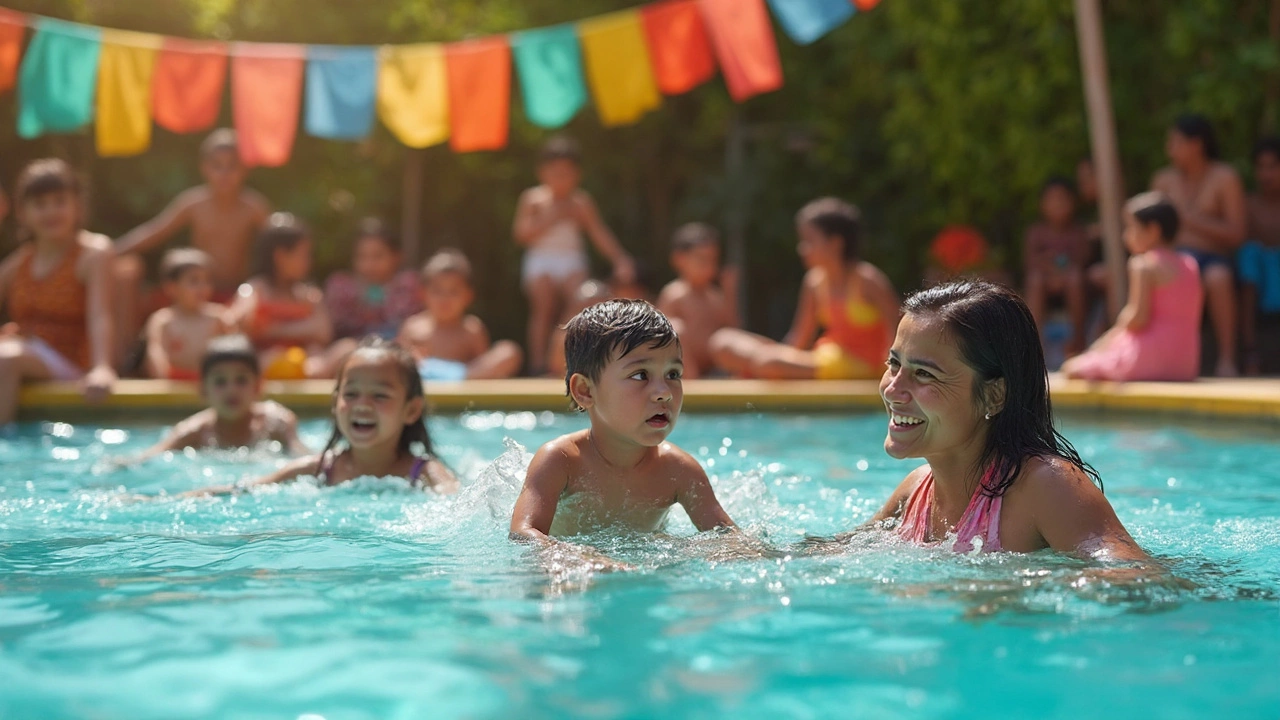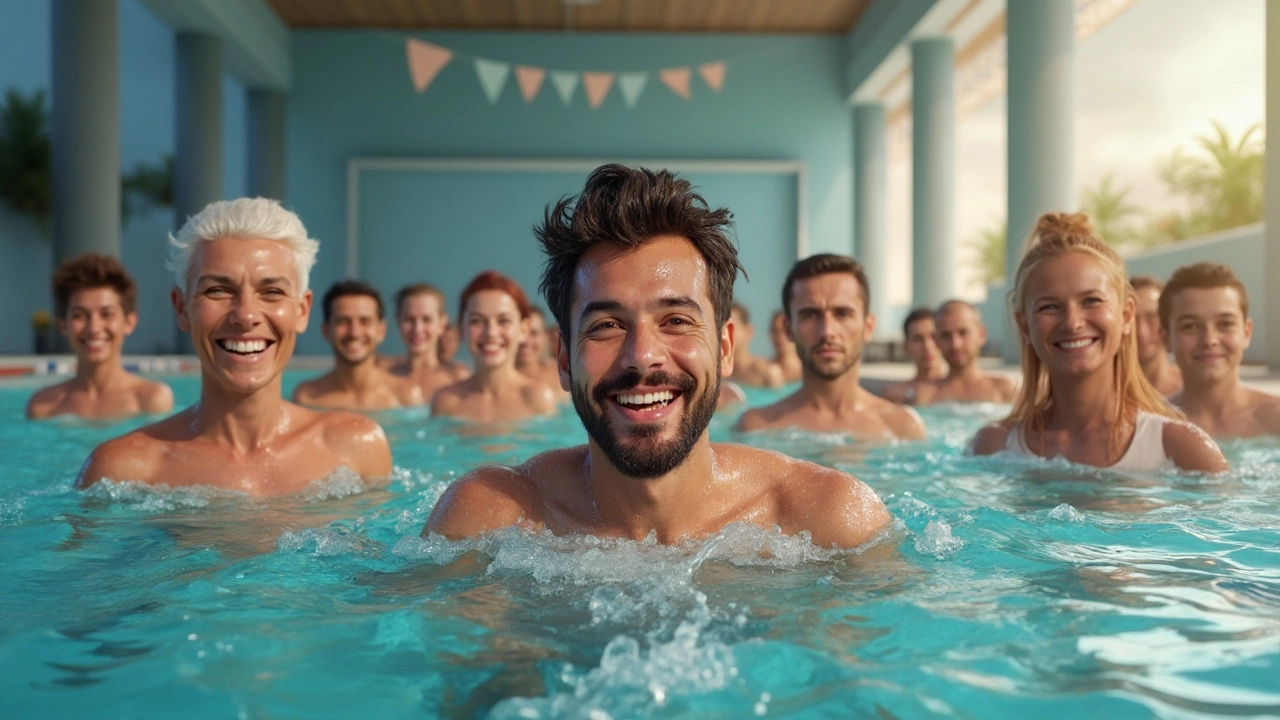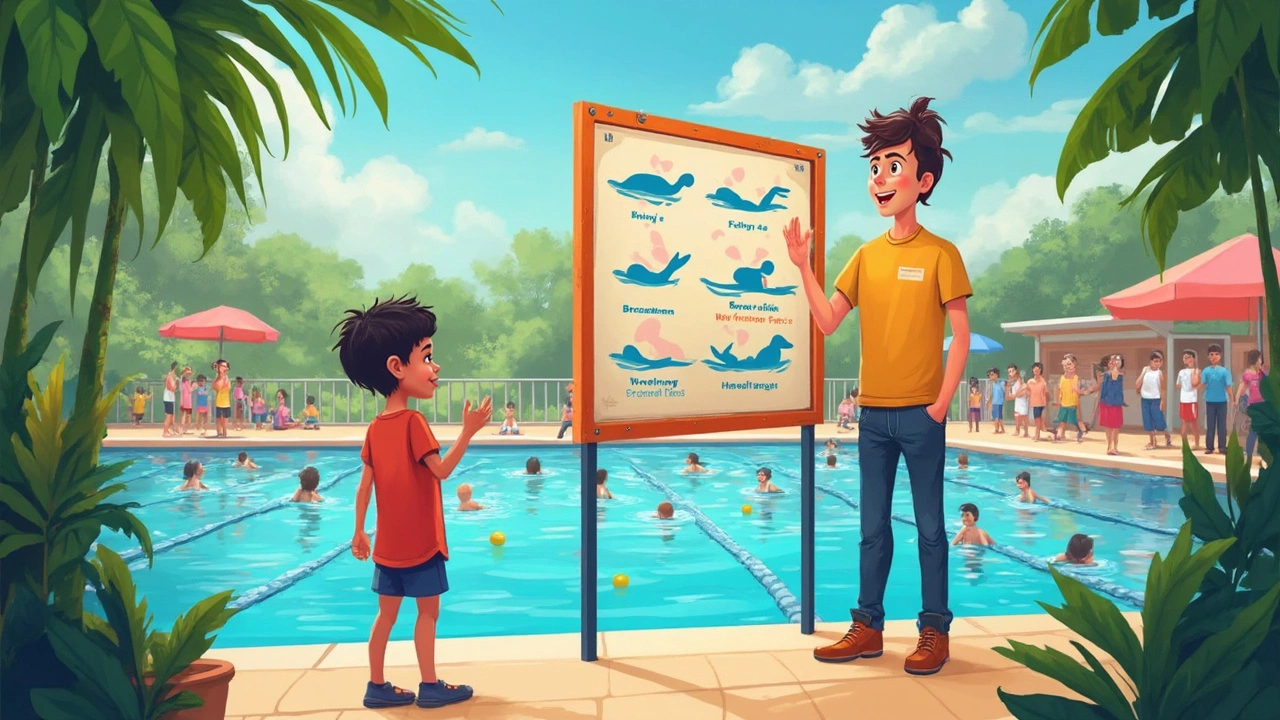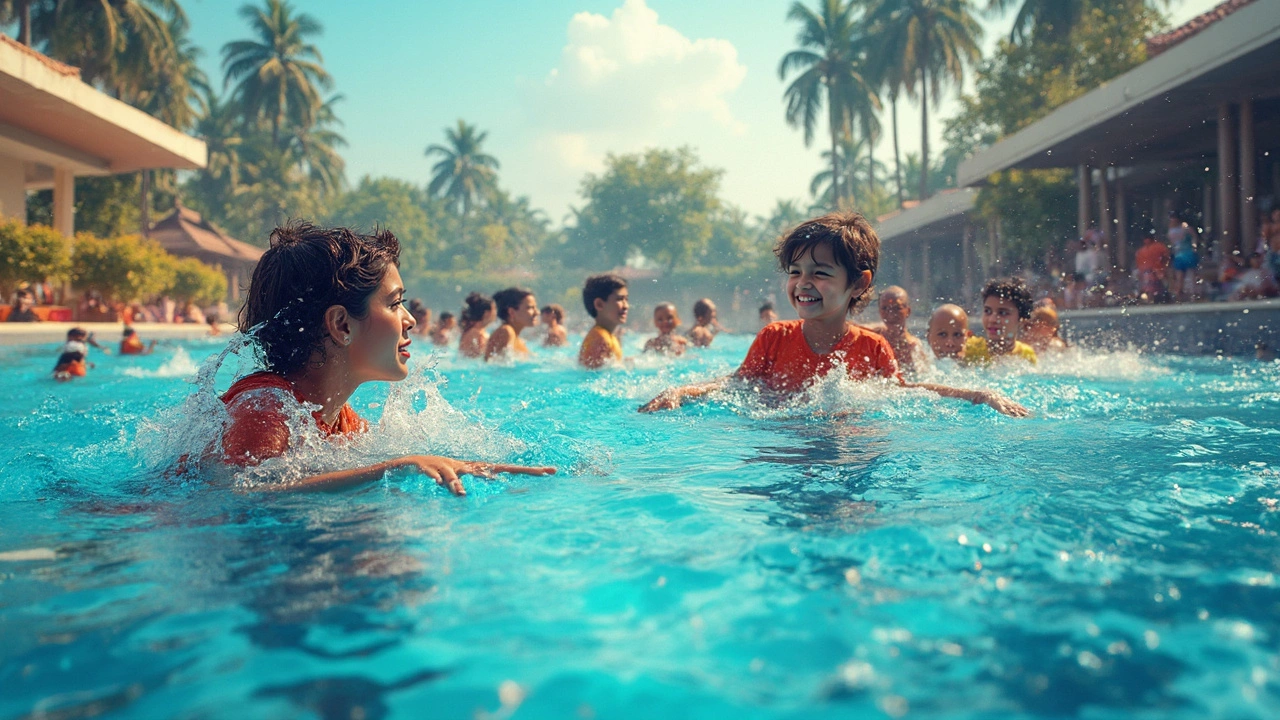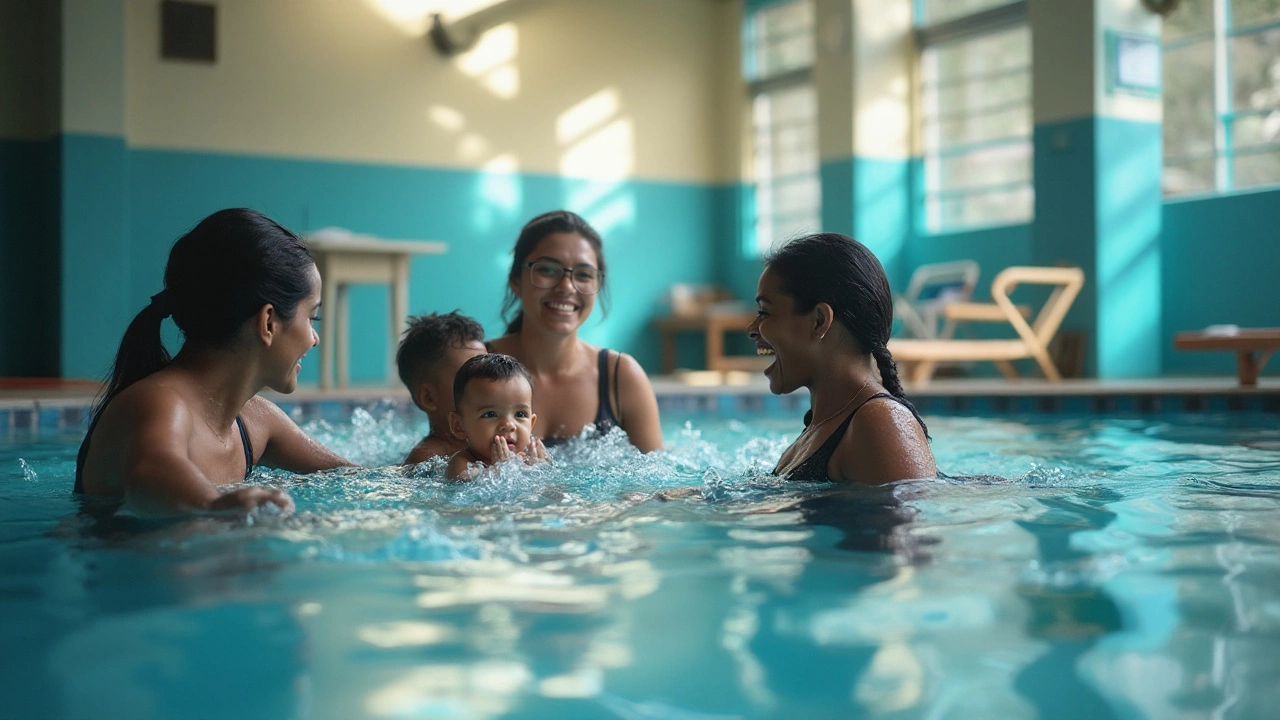Swimming Guides, Tips & Advice
Welcome to the swimming hub where we keep it real and useful. Whether you’re a total beginner, a parent figuring out the right age for lessons, or someone looking to shed a few pounds in the pool, you’ll find straight‑forward answers here.
Getting Started: Lessons and Age Tips
Kids don’t all learn at the same speed, so figuring out the best age for swimming lessons can feel confusing. Most experts agree that around age 4‑5 is a sweet spot—kids have enough motor control to follow basic strokes and can grasp safety rules. If you have a baby or toddler, water‑play sessions help them get comfortable, but formal lessons usually start a bit later.
For adults, the myth that you’re “too old” to learn stops at 40. In fact, many community centers offer beginner classes tailored for adults, with a focus on building confidence rather than racing. The key is consistency: a few short sessions each week build muscle memory faster than occasional long splashes.
Swim for Fitness: Weight Loss and Health
Thinking about using swimming to lose weight? It works, but the results depend on intensity and duration. A steady 30‑minute lap session at moderate effort can burn 200‑300 calories, while high‑intensity interval swims push that number higher. Pair the swim with a balanced diet, and you’ll see the scale move.
Don’t forget the after‑burn effect: the body continues to use extra oxygen after a hard swim, meaning you keep burning calories for a while. To maximize this, alternate strokes—freestyle for speed, breaststroke for endurance, and a quick sprint of butterfly to spike heart rate.
Beginners often wonder how often they should hit the pool. The sweet spot is three times a week, with at least a day of rest between sessions. This schedule gives your muscles time to recover while keeping the habit alive. If you’re short on time, even two 20‑minute sessions can add up, especially if you keep the pace brisk.
Choosing the first swimming style matters, too. Most people start with freestyle because it’s easy to learn and a solid calorie‑burner. Once you’re comfortable, adding backstroke or breaststroke gives variety and works different muscle groups, reducing the risk of overuse injuries.
For adult learners, mental barriers are often bigger than physical ones. Building water confidence starts with simple breathing drills—inhale on the surface, exhale underwater. Practice this in shallow water until it feels natural, then move on to basic kicks. Small wins add up quickly.
Our community also shares real‑world tips from swimmers who have nailed weight loss, mastered new strokes, and taught their kids to swim safely. Dive into the articles below for step‑by‑step guides, myth‑busting facts, and motivation to keep you moving in the water.
Ready to make a splash? Pick an article that matches your goal and start today. The pool is waiting, and every lap brings you closer to confidence, fitness, and fun.
